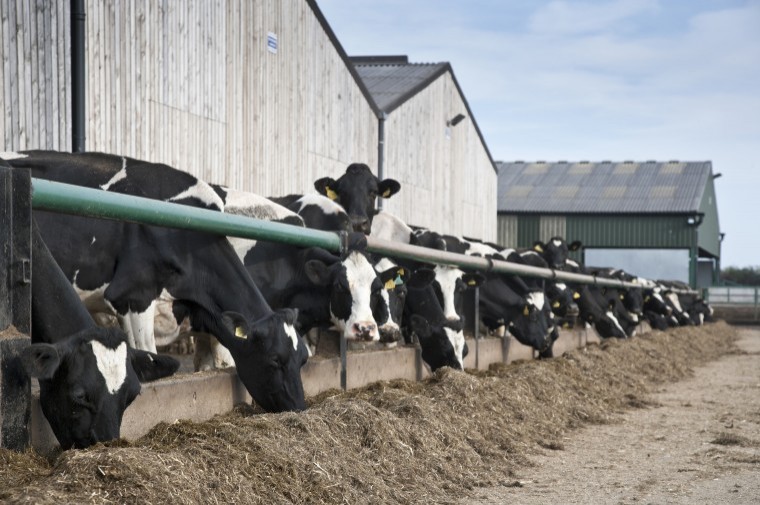Jill Hunter, InTouch feeding specialist, explained that there is a huge variance in forage availability across the country, with some producers feeling the pressure more than others. However, there are practical measures to reduce waste that can benefit all farms.
“Making small management changes can have a big impact on waste reduction and, ultimately, the bottom line,” said Hunter.
For instance, the preliminary results from the Alltech Feed Waste Reduction Initiative on-farm pilot study highlighted loading inaccuracies of between 2 and 46 per cent, providing a key opportunity for improvement.
“We also witnessed wastage when silage was moved from the clamp to the diet feeder,” said Hunter. “Regular spillages may seem insignificant but can really add up over time and are often not taken into consideration when forage budgeting.”
{in-brief}
Hunter explained that the adoption of technology can help improve ration presentation and reduce wastage, with one pilot study farm witnessing improvements in feed conversion efficiency (FCE) from 1.2 to 1.39 following the implementation of InTouch.
“This delivered a total financial benefit of 4.7 pence per litre based on a total mixed ration (TMR) diet fed year-round,” said Hunter.
This is because the InTouch system is based on a smart weighing device on a diet feeder that simply guides operators through a specifically calculated loading order, quantity of ingredients and processing time.
“The end result is a TMR which has consistent structure, mix and chop length,” she said.
Self-assessing rations is also a good way to understand the extent of feed waste. Hunter said if more than 5 per cent of feed is being left over, further investigation is a must.
“Reviewing mix quality, cow cudding time, dung consistency and FCE performance are parameters that should be monitored as part of waste reduction strategy,” she said. “This will help flag suboptimal rumen performance, which will lead to increased feed waste within the cow, reduced performance and feed stocks being eroded quicker than necessary.”
If a forage deficit looks likely in the weeks ahead of turnout, Hunter advises assessing stocks and forage budgeting before considering alternative feed sources.
“Consult with your nutritionist to discuss forage budgets, or, alternatively, use the InTouch Forage Budgeting app to calculate the total silage available,” said Hunter.
She warned farmers against feeding waste silage from the top or sides of the clamp as it is more susceptible to spoilage, which can reduce ration palatability and lead to mycotoxin issues, affecting rumen health and performance.




